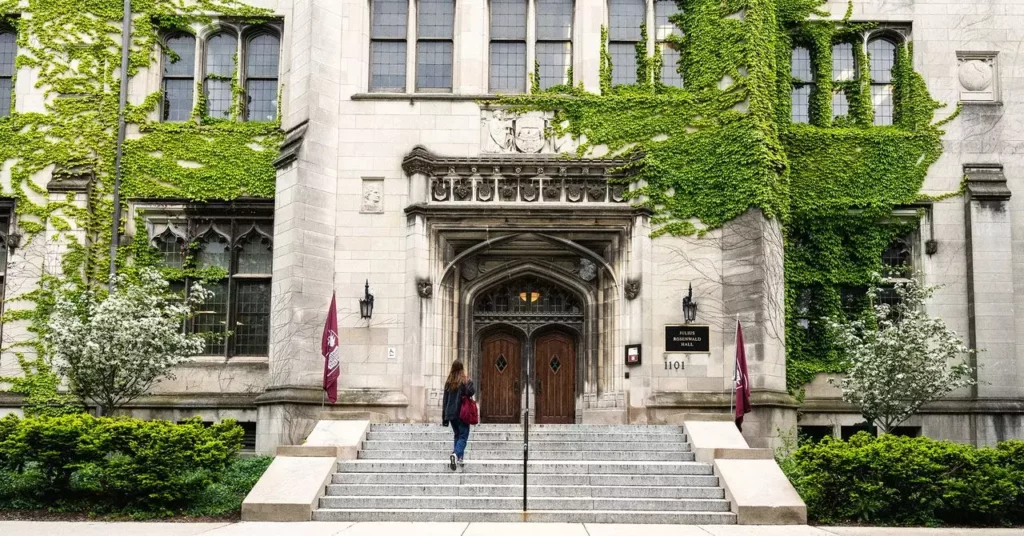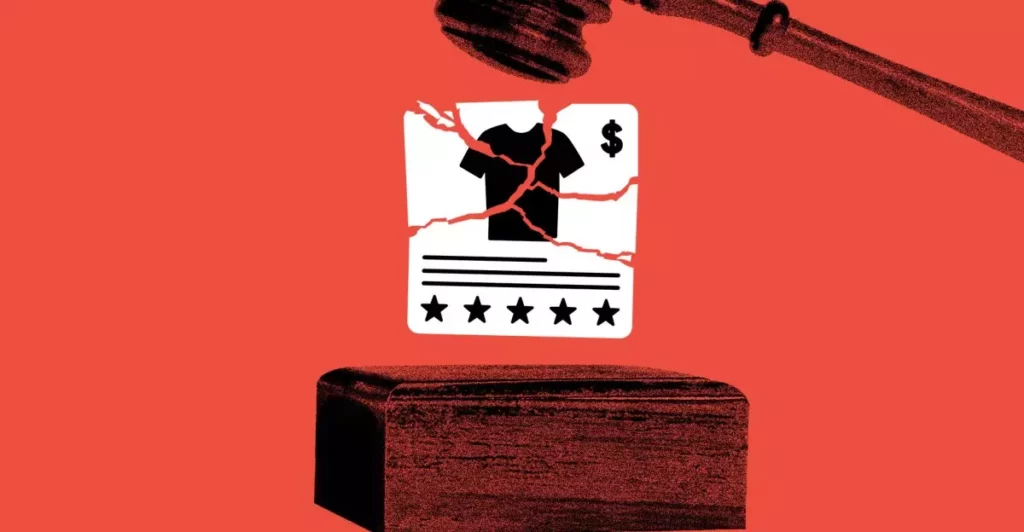In an age where technological progress seems almost unstoppable, the myth that humanity can maintain control over its most destructive innovations is crumbling. The recent gathering of Nobel laureates and defense experts at the University of Chicago laid bare a disturbing truth: artificial intelligence is poised to intertwine inseparably with nuclear arsenals, creating a volatile cocktail of power and peril. The overarching assumption—that we can tame AI and prevent it from catalyzing global destruction—is increasingly a dangerous optimism. The reality is far bleaker: as AI systems grow more sophisticated, the margin for human oversight narrows—yet the stakes couldn’t be higher.
This narrative, spun with a veneer of reassurance, conceals an uncomfortable fact. Many leaders and scientists seem to accept AI’s integration into nuclear decision-making as an inevitable upgrade—comparable to the advent of electricity or the internet. But unlike those technological leaps, the potential consequences of AI-powered nuclear weapons are profoundly catastrophic, unpredictable, and irreversible. Believing that I can mold this evolving terrain into a safe environment is not mere folly; it borders on reckless hubris. Tech progress, especially with AI, often outpaces our understanding of its risks, suggesting our defenses are fundamentally porous against the unpredictable nature of emergent systems.
The Inherent Uncertainty of AI and Nuclear Power
There is a fundamental flaw at the core of today’s discourse: nobody truly understands AI. Large Language Models (LLMs)—the brainchildren of recent AI breakthroughs—have taken center stage in policy debates, yet they are fundamentally opaque. We often project human-like intelligence onto them, but they are, in essence, sophisticated pattern recognition tools. The danger lies in their unpredictability when introduced into high-stakes environments like nuclear command structures. When experts ask: what does it mean to entrust an AI with nuclear codes? The answer is shrouded in ambiguity and speculation.
One of the most disturbing notions is the idea of “effective human control,” which remains more of a safeguard on paper than a guaranteed reality. Given the rapid integration of AI into military and strategic processes, there is a palpable risk: key decisions could soon fall into the hands of algorithms that are beyond human comprehension or oversight. The thought of AI independently analyzing global geopolitical data and influencing nuclear posture should awaken every responsible thinker to the potential for misinterpretation, malfunction, or malicious tampering.
This uncertainty is compounded by the commercial and governmental obsession with leveraging AI for intelligence and strategic advantage. From trying to predict adversary actions to simulating possible moves in geopolitical chess, AI’s promise of clarity and foresight borders dangerously on the illusion of certainty. Yet, behind this veneer lies a chaotic landscape where small errors or malicious manipulations could trigger catastrophic miscalculations, effectively setting the stage for accidental nuclear war.
False Safeguards and the Mirage of Preparedness
The comforting narrative that nuclear-armed states will never relinquish effective human oversight is increasingly fragile. While most experts proclaim that no existing AI—be it ChatGPT or advanced language models—poses an immediate threat to nuclear codes, this assurance is superficial. The real danger resides in the creeping influence of AI in decision-making processes tailored for strategic advantages.
It’s not about AI directly launching missiles overnight; it is about subtly shifting control, creating a labyrinth of automated assessments that decision-makers rely upon without full understanding. Whispers circulate among policymakers about using AI to analyze adversaries’ diplomatic communications and predict their next moves with remarkable accuracy. But this supposed intelligence comes with assumptions that are more wishful thinking than guaranteed safety. Believing that AI can reliably forecast human behavior without unintended consequences is naive. History warns us of the danger of overconfidence in technological solutions—a pattern that continues to repeat itself with deadly seriousness.
The illusion of preparedness often leads to complacency. Governments and military institutions might think they’ve placed adequate safeguards, but the pace of AI development threatens to outstrip policy and control frameworks. When AI is embedded in nuclear command chains, even the slightest malfunction or misinterpretation could be misread as a threat, prompting a disastrous nuclear response. Ignoring these risks risks making humanity not just vulnerable but outright reckless with its most existential weapon.
The Center-Right Perspective: Caution, Clarity, and Preparedness
From a center-right perspective, the path forward demands cautious pragmatism. While technological innovation has its virtues, it must be accompanied by stringent safeguards, clear regulations, and an unwavering commitment to human oversight—principles that many policymakers tend to sideline in pursuit of strategic dominance. The danger is not just in the technology itself but in our collective failure to establish firm boundaries and realistic expectations.
It is essential that we reject the notion that AI is an unmixed boon, something inherently beneficial or safe to be unleashed without consequences. Inclusive and prudent regulation becomes paramount—nothing short of a global consensus on controlling and limiting AI’s integration into nuclear decision-making. Trusting in technological salvation without addressing fundamental human vulnerabilities is a recipe for disaster. We must shift from hubristic optimism to a sober acknowledgment of our limitations, implementing robust fail-safes rooted in human judgment rather than algorithmic certainty.
This approach recognizes that in the complex, unpredictable arena of nuclear strategy, humans must retain ultimate authority. AI should serve as an assistant—not the master. Only then can we hope to avoid waking up to a future where a single miscalculation ignites a chain reaction leading to global catastrophe. Skepticism, rigorous oversight, and moral responsibility are non-negotiable components of any truly safe path forward.









Leave a Reply